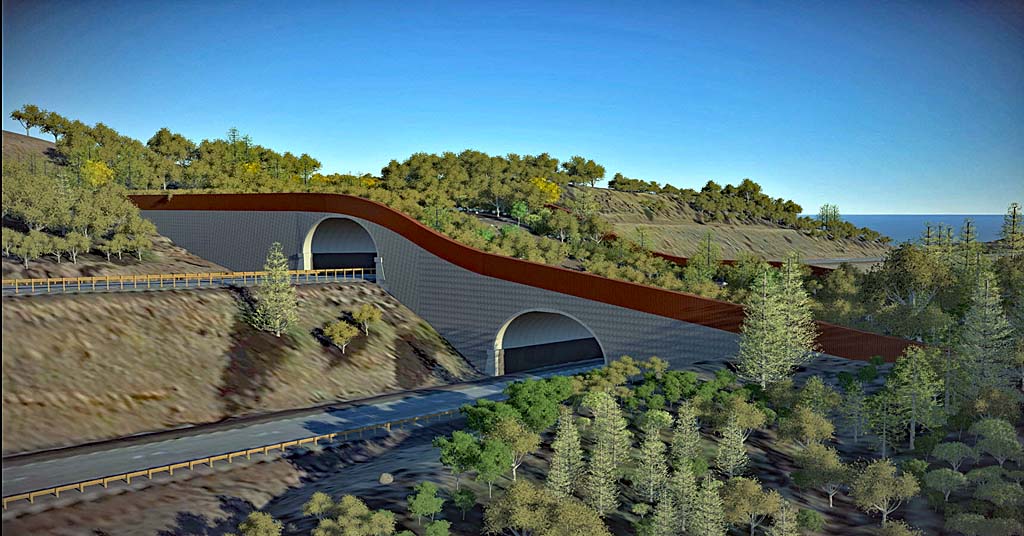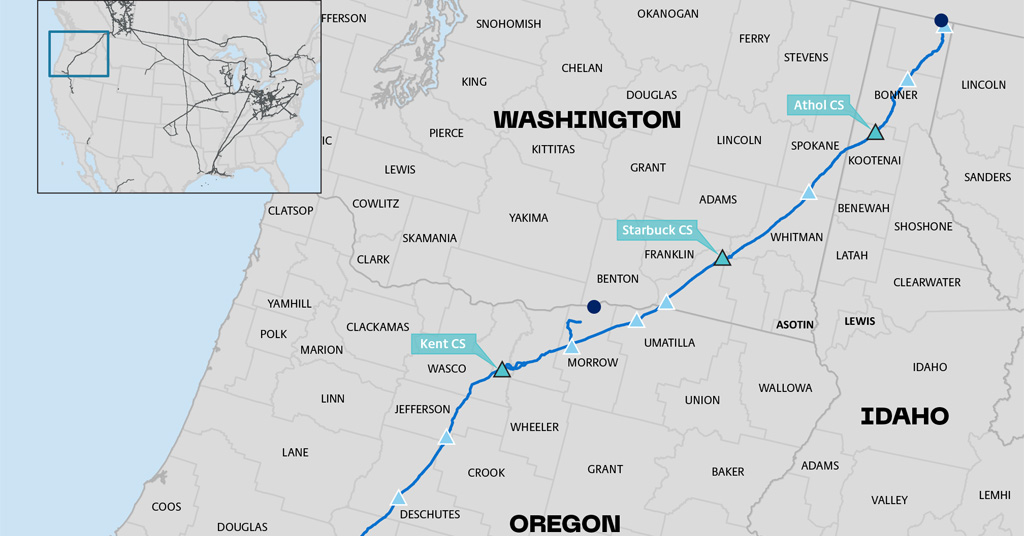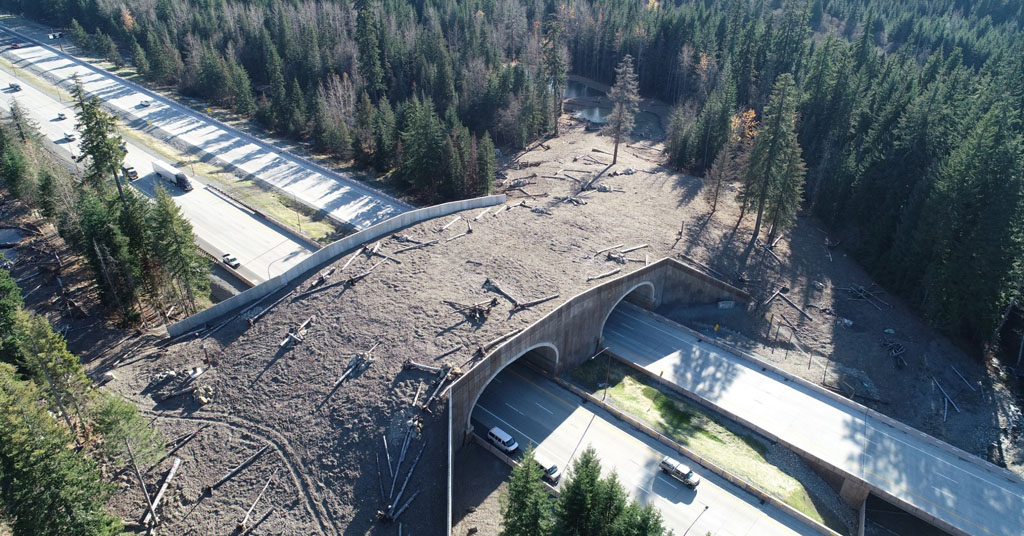This is the first in a series of two articles on the exportation of agricultural goods versus fossil fuels in the Columbia River Gorge.
The Columbia River is a source of bounty: beauty, fish, wind, waves, electricity. It is also a transportation corridor.
There has long been conflict between the river’s natural elements and their associated human values on one hand, and the river’s economic uses on the other; but it wasn’t until the mid-2000s, when hydraulic fracturing and other technologies opened up the Bakken formation in North Dakota and the tar sands in Alberta, that the Northwest became the bullseye for fossil fuel transport. Within the next couple of years, state officials will be saying yea or nay to fossil fuel projects that could profoundly change the river’s character.
Pressure on the river has been escalating over the last three years as fossil fuel transportation by train and ship has increased dramatically, including a sharp rise in the number of oil and coal trains traveling the Gorge. West Coast refineries are looking to replace the declining output of Alaska’s North Slope oilfields. Further, Congress recently lifted the ban on exporting crude oil, so petroleum interests have joined coal in wanting to do business in Asia. Currently facing regulators are proposals that would radically expand the infrastructure required to transport coal, oil and liquefied natural gas (LNG) to both domestic and foreign processors.
Right now there are four crude oil terminals and one each for coal, LNG and propane either proposed or already operating along the lower Columbia River. There are two that environmental stakeholders such as Columbia Riverkeeper and Friends of the Columbia Gorge see as especially significant. Should both projects come to fruition and operate simultaneously, many fear they would be risky for the environment, the climate, the agricultural economy, and human health.
These are: the Vancouver Energy oil terminal at the Port of Vancouver and the OregonLNG natural gas terminal at Warrenton. The Vancouver Energy terminal expects to receive up to 360,000 barrels of crude a day by train for transfer to ocean tankers. The OregonLNG terminal anticipates exporting about 456 billion cubic feet a year. (For comparison, the average U.S. driver used 663 gallons of gasoline in 2013–about 15 barrels of oil; Oregonians consumed 220 million cubic feet of natural gas in 2014; Washingtonians, about 307 million.)
Then there’s the carbon footprint: A year’s worth of Vancouver Energy oil, when burned, would release more than 56 million metric tons of carbon dioxide annually, according to Columbia Riverkeeper. While burning natural gas affects the climate far less than do oil and coal, if the gas has been produced by fracking–as the gas coming to OregonLNG would be–its global warming advantage over these fuels is sharply reduced. At present the forces countering the economic impetus are the ‘thin green line’ of Pacific Northwest environmentalism; the slow pace of permitting and approval processes by the states of Washington and Oregon and federal agencies; and the radical slump in oil and coal prices globally.
Historically, most downriver commercial traffic on the Columbia has been agricultural products for export–grain, soybeans, hay, apples, potatoes–from Washington, Oregon, and Idaho. Most wheat goes by barge, but a significant portion goes by rail: the Burlington Northern Santa Fe (BNSF) railway on the Washington side and the Union Pacific rails on the Oregon side of the river. Fossil fuels have typically moved upriver as refined products like gasoline and diesel for use in the region.
Although the westbound fossil fuel traffic is new, pressure to increase the river’s economic role has been building for a long time. In 1989 various groups ranging from the ports of Portland and Vancouver to the Pacific Northwest Waterways Association and other river and maritime organizations began to push for deepening the Columbia River navigation channel to accommodate bigger ships. The next year the Army Corps of Engineers began to dredge the channel from 40 feet to 43 feet. Finished in 2010, the project has been credited by the Pacific Northwest Waterways Association with bringing more than a billion dollars in new investment to the region.
 [/media-credit]
[/media-credit]
Then came oil. By 2014 the U.S. was producing an average of 8.7 million barrels of crude oil a day; from January to June last year the average was more than 9.4 billion barrels a day. And the heavy crude from the Alberta tar sands reached the export market. The oil and coal industries began to eye the Pacific Northwest as an attractive route to the Pacific. On the Columbia, the combination of a deeper channel and the prospect of sharply increased petrochemical traffic brought safety and environmental issues to the fore–and unsettled the established agricultural users of the river.
In the fall of 2014, according to the Seattle Times, grain producers’ shipping prices spiked and long delays forced agricultural shippers to pay up to $50,000 per day to persuade oceangoing vessels to wait for delivery, sparking rumors that BNSF was giving preference to a massive volume of oil needing transport at the same time. BNSF spokesman Gus Melonas says the shipping delays were caused by weather as well as the railway’s maintenance and expansion activities and affected all commodities, not just agricultural products. He added that the railway has since increased its capacity to meet demand for both oil and consumer products. “As a common carrier under federal law we are required to move all types of products,” he says. “We can’t discriminate and say yes to a load of baseballs and dolls and no to a load of oil.” (Or vice versa, presumably.)












You wrote: “Pressure on the river has been escalating over the last three years …”
Exacty how do you define “pressure on the river,” or was that just a rhetorical device intended to cause alarm?